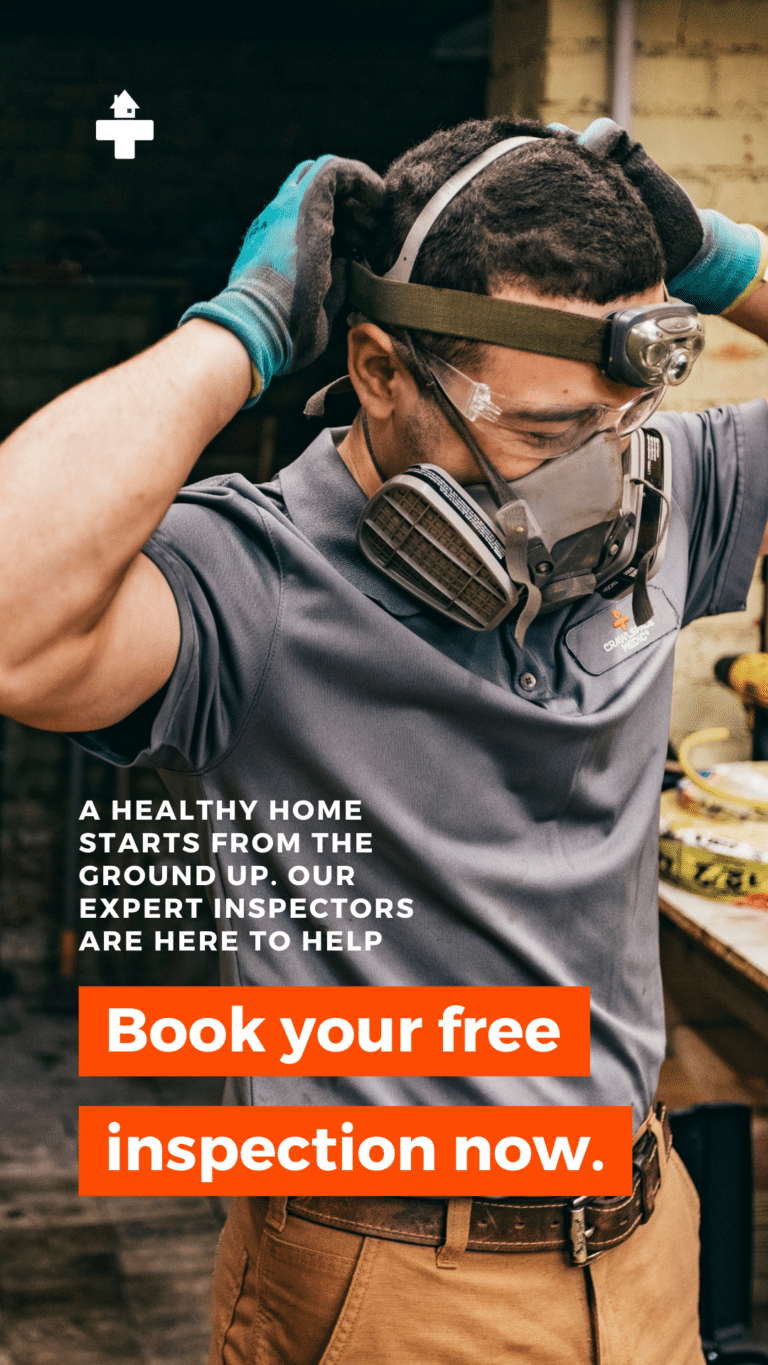Guest Article Featuring our friends at Carolina Climate Control
Most of us know very well how crucial your home’s HVAC (Heating, Ventilation, and Air Conditioning) systems and ducts are in maintaining indoor comfort, especially in hot summer months! When these ducts are located in the home’s crawl space, one common question that homeowners face is: “Why are my ducts sweating (or condensating) so much?”. This problem can lead to a range of negative consequences, from reduced efficiency to severe damage to the entire system. Check out the information below for the top causes of sweating HVAC ducts in crawl spaces, and how to protect your system from moisture damage.
Causes of Sweating HVAC Ducts
- Temperature Differential: One of the primary reasons for sweating ducts in crawl spaces is the difference in temperature between the cold air inside the ducts and the warmer, humid air in the crawl space. When the cold air from the HVAC system meets the warm, moist air, condensation forms on the duct surfaces. We often tell homeowners this effect is similar to a cold glass of water sitting outside on a hot summer day.
- High Humidity Levels: Humidity levels in crawl spaces can be significantly higher than in the living areas of a home. This happens very commonly in humid regions like South Carolina. Crawl space vents allow exterior air, carrying high levels of water vapor, into the crawl space, which provides the moisture needed for condensation to occur. Factors such as lack of moisture control systems, exposed crawl space soil, or water intrusion can exacerbate this issue.
- Insufficient Duct Insulation: Inadequate insulation of HVAC ducts can also cause excessive condensation and sweating. Insulation helps to maintain the temperature of the ducts, reducing the likelihood of condensation. When the cool metal surface of the ducts is exposed, they become more susceptible to sweating as they come into direct contact with hot, humid crawl space air.
Effects of Sweating HVAC Ducts
- Reduced Energy Efficiency: Sweating ducts can result in a loss of energy efficiency. When condensation forms on the ducts, it becomes much harder for the HVAC system to heat or cool the air efficiently. This can lead to increased energy consumption and higher utility bills.
- Mold and Mildew Growth: Moisture from sweating ducts creates an ideal environment for mold and mildew to flourish. Mold growth not only affects indoor air quality but also poses health risks to residents. Additionally, it can damage the ducts and surrounding materials over time.
- Structural Damage: The additional moisture from duct condensation can lead to structural damage in the crawl space. Wooden beams and supports can weaken, and insulation may deteriorate. This can result in costly repairs and compromise the stability of the home’s foundation.
- Damage to the HVAC System: As moisture accumulates on ducts and condenses on the metal surfaces of the unit itself, over time this moisture rusts out and corrodes the unit and deteriorates the ducts. If corrective action is not taken, the entire system may have to be replaced.
Solutions to Address Sweating HVAC Ducts
- Encapsulation: Encapsulating your crawl space eliminates moisture at its sources, seals the foundation vents from humid air outside, and includes a permanent dehumidifier to actively condition humidity levels in the crawl space. Check out this article we wrote about the differences between encapsulated and vented crawl space. Encapsulation greatly reduces humidity levels and protects your HVAC ducts and system from moisture damage. Schedule a free inspection with a crawl space professional to evaluate your moisture levels and provide the best solution for your home.
- Insulate Ducts: Properly insulating HVAC ducts in crawl spaces can help maintain the temperature inside the ducts, reducing the likelihood of condensation. Contact an HVAC professional (such as Carolina Climate Control) to ensure your ducts are properly insulated.
- Seal Ducts: Sealing duct joints and connections can help prevent warm, moist air from entering the ductwork. This also reduces the potential for cold, conditioned air from the ducts to blow directly into the crawl space, which greatly reduces HVAC efficiency and causes condensation to form on the wood floor structure, causing wood rot.
- Regular Maintenance: Regularly inspect and maintain the HVAC system to ensure your ducts and unit remain in good condition, and your ducts are properly insulated. We also recommend having your crawl space inspected regularly to ensure that moisture levels are low and your home is protected from costly foundation issues.
Conclusion
Sweating HVAC ducts in a crawl space can lead to a range of problems that affect both the efficiency of your HVAC system and the air quality of your home. Understanding the causes and effects of this issue is important, and regular inspection of both your crawl space and HVAC system by professionals can save you costly repairs and headaches in the future!
By implementing appropriate solutions like encapsulation and duct insulation, homeowners can mitigate the problem and ensure a comfortable and healthy indoor environment for their families. Regular maintenance and vigilance are key to preventing sweating ducts from becoming a recurring issue.

